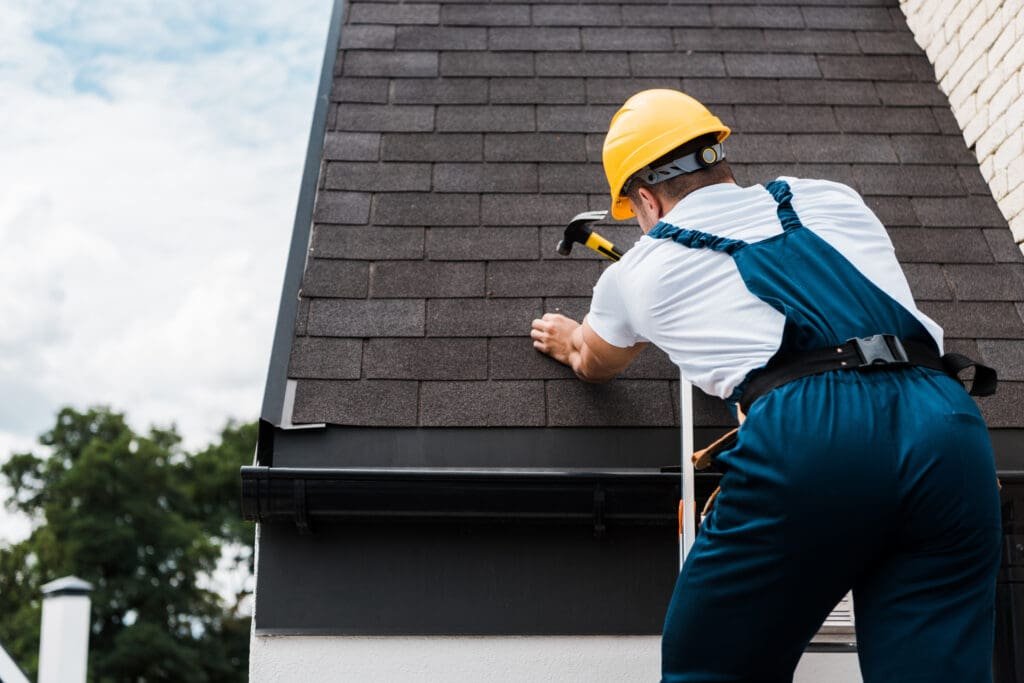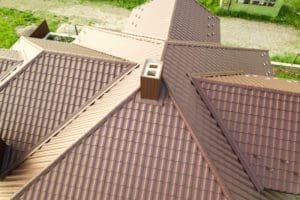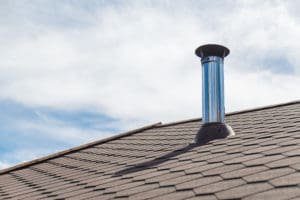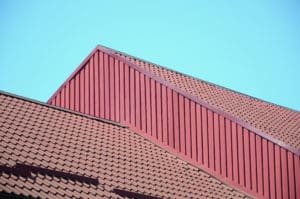Replacing your roof is a significant investment, and knowing when it’s time to do so can save you from costly repairs down the line. Understanding the lifespan of a roof, recognizing signs of damage, and being aware of the consequences of ignoring roof replacement are essential factors to consider. Additionally, knowing the process of roof replacement can help you make informed decisions. In this article, we will delve into all of these aspects to help you determine if it’s time to replace your roof.
Understanding the Lifespan of a Roof
A crucial factor in deciding whether to replace your roof is understanding its lifespan. Different roofing materials have varying lifespans, and this is an important consideration. Let’s take a look at the typical lifespan of different roofing materials:
Knowing the lifespan of your roof is essential for planning and budgeting for future maintenance or replacement. It allows homeowners to make informed decisions based on the current condition of their roof and its expected longevity.
Typical Lifespan of Different Roofing Materials
1. Asphalt shingles: Asphalt shingles, the most common roofing material, have a lifespan of around 20 to 30 years. They are popular for their affordability and ease of installation, making them a common choice for many homeowners.
2. Metal roofing: Metal roofs can last anywhere from 40 to 70 years, depending on the type of metal used and proper maintenance. Metal roofs are known for their durability and resistance to extreme weather conditions, making them a long-lasting option for residential and commercial properties.
3. Clay or concrete tiles: With proper care, clay or concrete tiles can last up to 50 years or more. These materials are valued for their aesthetic appeal and ability to withstand harsh weather elements, making them a popular choice in regions prone to high winds or heavy rainfall.
4. Wood shingles: Wood shingle roofs have a shorter lifespan of around 20 to 25 years due to susceptibility to rot and pests. While wood shingles offer a natural and rustic look, they require regular maintenance to prevent decay and prolong their lifespan.
Keep in mind that these are average lifespans, and various factors can influence the longevity of your roof.
Factors That Can Shorten Your Roof’s Lifespan
While roofing materials have predetermined lifespans, certain factors can significantly shorten their durability. Some common factors to be aware of are:
- Poor or inadequate installation
- Severe weather conditions (such as hail, storms, or high winds)
- Lack of maintenance
- Excessive heat or UV exposure
It’s important to address these factors promptly to extend the lifespan of your roof and avoid costly repairs or replacements in the future. Regular inspections and maintenance can help identify issues early and prevent premature deterioration of your roofing materials.
Recognizing Signs of Roof Damage

Knowing the signs that indicate your roof is damaged can help you determine if it’s time for a replacement. Here are some visible signs of wear and tear to look out for:
Visible Signs of Wear and Tear
1. Missing or damaged shingles
2. Cracked or curling shingles
3. Granule loss from shingles
4. Algae or moss growth
In addition to visible signs, leaks and water damage are common indicators of roof problems.
Leaks and Water Damage
Water stains on your ceilings or walls, damp or moldy areas, and the presence of water in your attic are signs of roof leaks. Even small leaks can cause significant damage, so it’s crucial to address them promptly.
Sagging and Structural Issues
If your roof appears to sag or has visible structural damage, it’s a clear sign that it needs replacing. Sagging indicates underlying structural issues that compromise its integrity.
Moreover, when inspecting your roof for signs of damage, pay attention to the condition of the flashing. Flashing is a thin material, usually made of galvanized steel or aluminum, that is installed around roof features like chimneys, vents, and skylights to prevent water from seeping into the roof. Damaged or deteriorated flashing can lead to leaks and water damage, so it’s essential to ensure that it is intact and properly sealed.
Age of the Roof
Another crucial factor to consider when assessing roof damage is the age of your roof. Most roofs have a lifespan of 20-30 years, depending on the materials used and the climate conditions they are exposed to. If your roof is approaching the end of its expected lifespan, even if there are no visible signs of damage, it may be wise to start planning for a replacement to avoid unexpected issues in the future.
The Consequences of Ignoring Roof Replacement

Ignoring necessary roof replacement can lead to a range of negative consequences. Here are some potential risks:
Increased Energy Bills
An old or damaged roof may have poor insulation, allowing for energy loss. This can result in higher heating or cooling bills as your HVAC system works harder to maintain a comfortable temperature.
Potential Health Risks
A leaky roof can lead to mold growth, which poses significant health risks. Mold can cause respiratory problems, allergies, and other health issues. Additionally, a compromised roof can allow pests or rodents to enter your home, further jeopardizing your health and safety.
Lower Property Value
A worn-out roof significantly affects the value of your property. Appraisers and potential buyers will take the condition of your roof into account, and a deteriorated one can reduce the overall value of your home.
Moreover, a neglected roof can also lead to structural damage to your property. Water leaks from a damaged roof can seep into the walls and foundation of your home, weakening the structural integrity over time. This can result in costly repairs and renovations to fix the damage, impacting both the safety and value of your property.
Voided Warranties
Many roofing materials come with warranties that require regular maintenance and timely replacements. Ignoring the need for a roof replacement can void these warranties, leaving you financially responsible for any future repairs or replacements. It’s essential to adhere to the manufacturer’s guidelines to ensure your roof remains protected under warranty.
The Process of Roof Replacement

When it comes to roof replacement, understanding the process can help you make informed decisions. Here are some key steps involved:
Choosing the Right Roofing Material
Researching different roofing materials and their pros and cons is crucial. Factors to consider include durability, cost, climate suitability, and aesthetic appeal. Consult with roofing professionals to determine the best material for your specific needs.
Hiring a Professional vs. DIY Roof Replacement
Deciding whether to hire a professional contractor or tackle the replacement yourself is an important choice. While a DIY approach may save money, it requires extensive knowledge and experience. A professionally installed roof guarantees quality workmanship and peace of mind.
What to Expect During Roof Replacement
During the replacement process, expect your old roof to be removed, the underlying structure to be examined for damage, and the installation of new roofing materials. Understanding and preparing for these steps can help minimize disruption and ensure a smooth transition.
First, the roofing professionals will carefully remove the old roof, taking care not to damage the underlying structure. This step requires precision and expertise to ensure that no further damage is done to your home. Once the old roof is removed, the underlying structure will be thoroughly examined for any signs of damage or weakness. This is an essential step as it allows the professionals to address any issues before installing the new roof.
Next, the installation of the new roofing materials will take place. This involves carefully placing each shingle or tile, ensuring a secure and watertight fit. The professionals will pay attention to every detail, making sure that the roof is not only functional but also visually appealing. They will also take into account any specific requirements or preferences you may have discussed during the consultation process.
In conclusion, knowing when it’s time to replace your roof is crucial for the safety, integrity, and value of your home. Understanding the lifespan of your roofing material, recognizing signs of damage, and being aware of the consequences of ignoring replacement can guide your decision-making process. Consult with professionals, weigh the pros and cons, and make informed choices to ensure a durable and secure roof over your head for years to come.





